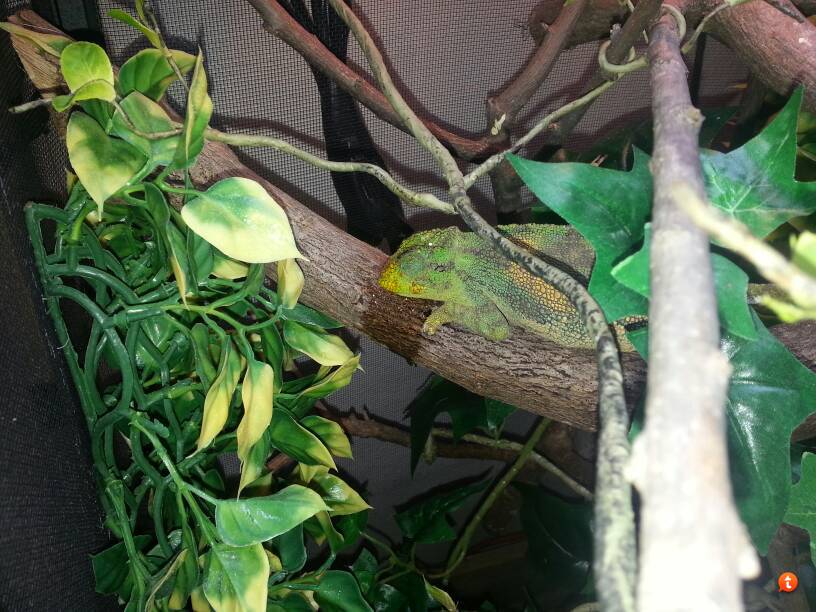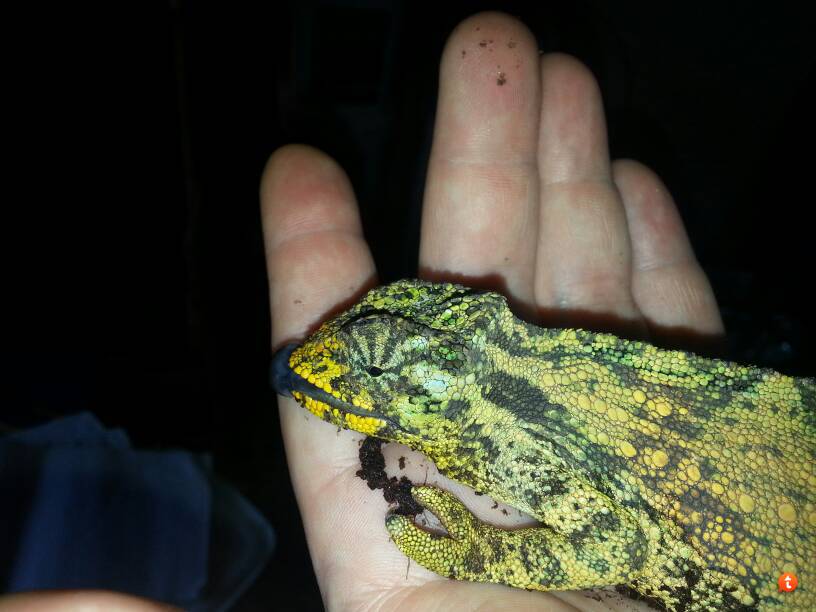Kent67
Retired Moderator
What caused the paralysis? If I read the statements earlier correctly, didn't rear leg and tail paralysis begin immediately following being restrained at the vet? I agree the outcome would have been the same either way but that part still seems unexplained.
Just for clarity's sake, Bwindi is the locale of the chameleon, not his name.
Just for clarity's sake, Bwindi is the locale of the chameleon, not his name.

















